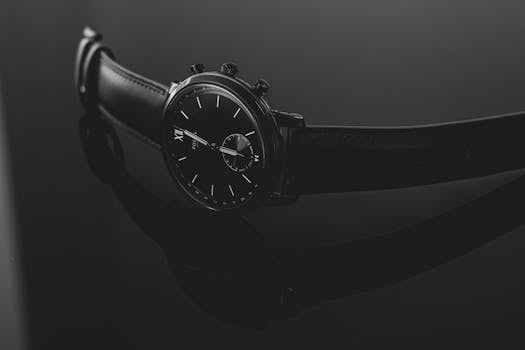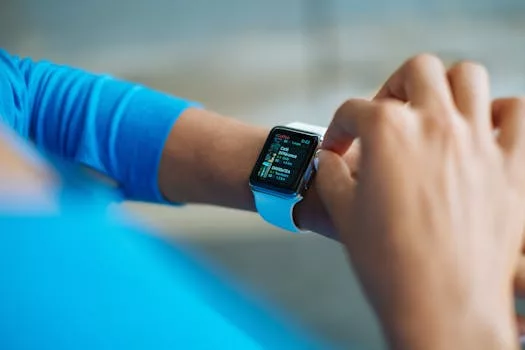The Timeless Evolution of Wristwatches: A Journey Through the Decades
Takeaways: The wristwatch has come a long way since its inception. From pocket watches to smartwatches, each decade has brought technological advancements and design innovations. Understanding this evolution highlights the cultural significance and technical prowess behind these beloved timepieces.
The Birth of the Wristwatch (1900s)

Soldiers found wristwatches more convenient than pocket watches when in combat. They could easily check the time without fumbling through pockets, leading to the mass production of wristwatches for military use. Brands like Longines and Rolex emerged during this period, focusing on durability and precision.
Designs were relatively simple, with leather straps and minimalistic dials. The early wristwatches were often adorned with diamonds and other embellishments for women, while men’s designs leaned towards functionality.
The Roaring Twenties and the Rise of Style (1920s)

Brands like Cartier played a pivotal role during this era, introducing the Tank watch, which became an icon of the period. The use of precious metals, intricate designs, and decorative elements became commonplace. Wristwatches began to be viewed as symbols of status and luxury, appealing to the affluent class.
This decade also saw the introduction of the first waterproof wristwatch by the Swiss brand, Hermès. The innovation of water-resistant watches catered to the growing interest in outdoor activities and sports, making wristwatches more versatile.
The Mid-Century Modern Revolution (1950s-1960s)

During this time, dive watches gained popularity, with brands like Rolex and Seiko producing timepieces designed for underwater exploration. The iconic Rolex Submariner and Seiko 6217 were particularly influential, offering durability and precision.
Additionally, the 1960s saw the emergence of quartz technology, which would revolutionize the watch industry. The introduction of quartz movements led to more accurate timekeeping and eventually resulted in the quartz crisis of the 1970s, where traditional mechanical watches faced fierce competition from battery-powered models.
The Quartz Crisis and the Digital Age (1970s-1980s)

Digital displays replaced traditional dials, and features such as calculators, alarms, and backlighting became common. The Casio G-Shock emerged as a rugged and durable option, appealing to a younger demographic and adventurers alike.
Despite the challenges posed by quartz watches, luxury brands began to adapt by incorporating quartz movements into their designs, allowing them to maintain a foothold in the market. The 1980s also saw the revival of interest in mechanical watches, with brands like Swatch bringing colorful, affordable options back into the limelight.
The Resurgence of Mechanical Watches and Smartwatches (1990s-Present)

Simultaneously, the rise of smart technology began to reshape the watch industry. The introduction of the smartwatch in the 2010s, notably with the launch of the Apple Watch, has revolutionized how we view timepieces. Smartwatches combine traditional timekeeping with advanced technology, offering fitness tracking, notifications, and customizable features.
This evolution continues today, with brands blending luxury and technology to create hybrid models that cater to modern lifestyles. The wristwatch has transformed from a simple timekeeping device into a multifunctional accessory that reflects personal style and technological advancement.






